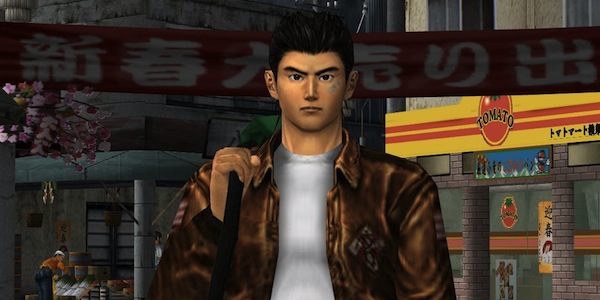8 Outstanding Tales Of Vengeance In Video Games
5. Ryo Hazuki - Shenmue

Shenmue was the game that defined the Sega Dreamcast. Released in 1999, the game featured technology that was, at that point, unheralded. Examples include quick time events, real-time weather and day/night changes, extensive (albeit laughable) voiceovers, and NPCs that actually had unique routines they would perform each day. Sega weaved these innovative aspects seamlessly into Ryo Hazuki's quest for revenge, which catapulted this game past its contemporaries.
Ryo's dad died in his arms, murdered in his own house by an androgynous Chinese guy. This sets Ryo off on a sprawling adventure through rural and industrial Japan. It's not simply the story of his father's death that sets Shenmue apart, because that's been done before. Rather, it's the implementation of cutting-edge technology that allows the player to become immersed in a living environment with humanity and culture.
Remember, this is 1999. Grand Theft Auto III, the game that's lauded for creating the "open world" concept, wouldn't be released for three more years. And yet, Ryo is free to roam into people's houses, convenience stores, alleyways, bars, and almost anywhere else the player wants to check out. Shenmue's advanced technology also paved the way for revolutionary progressions in character development.
Prior to this, anguish was expressed with text and victory was expressed with a mass of polygons jumping up and down. Unfortunately, Sega ran itself into the ground, and the series was left with an unresolved cliffhanger, which only adds to the visceral tragedy of Ryo's story of unfulfilled vengeance.